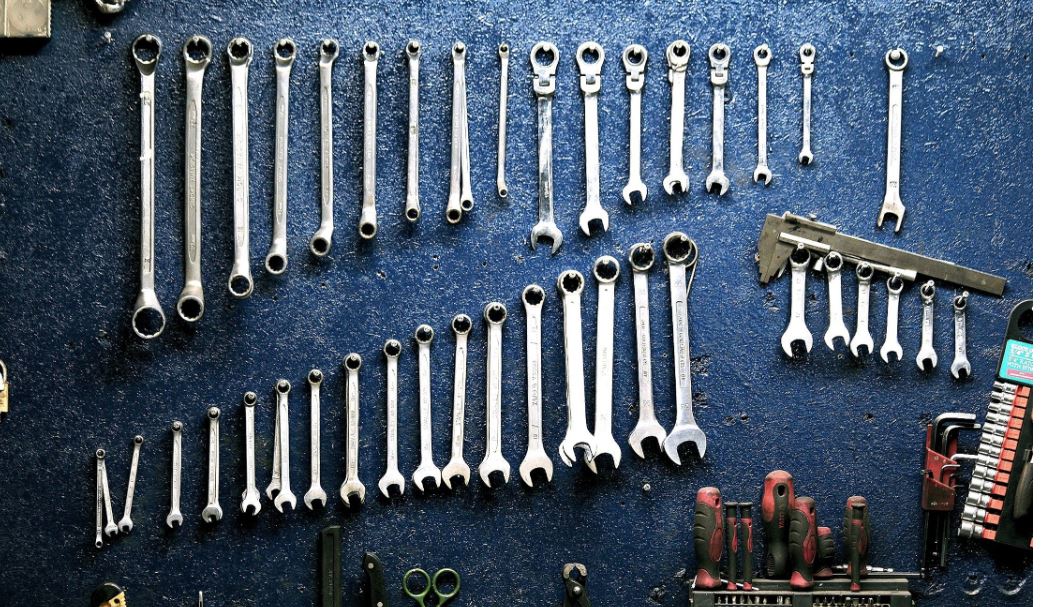What is art? Surely, by at least some definitions, anything that can be seen, heard or otherwise sensually experienced and has been created with some degree of artistic intention, is art. What then is artistic? Does it include the creation of objects where the practical considerations are primary and aesthetic perceptions are only secondary? Architecture is all around those of us who live in urban areas, and most of us have opinions on the designs of various buildings around us. If each building was designed with some aesthetic considerations, is each one therefore a work of art? We generally try to make our own homes and gardens pleasing to the eye, and this is artistic expression, so are our homes also works of art, along with any paintings, ornaments or vases we may include within them? And can something beautiful created by Mother Nature, blindly and unintentionally, fit the definition of art? That depends on the definition, and such a definition can only be subjective. It also depends on one’s religion, perhaps, or philosophical beliefs. At the end of the day that definition is academic and unimportant, but artistic expressions and impressions are important parts of many or even most people’s lives.
- Gardens, both private and public
- Music, both recorded and live
- Cars, both old and new
- Jewellery, watches, clothes and accessories
- Graffiti
- Presentation of food
- Designs of buildings, monuments, gates and so on
Old and Obscure or Antique and Classic
When artists, designers or creators who struggled to make ends meet are no longer around to claim royalties or take credit, their work is very often copied or reproduced and published to make other people wealthy. It’s sad but the story is often true. There is a lot of money to be made in the world of art, if not by the artists themselves then by the people who obtain the copy rights. Paintings can be reproduced and mass produced in print. Music has been reproduced in various new formats over the years, and it is also copied and shared by millions to the annoyance of the record label companies. Many forms of art can be copied, with or without absolute accuracy, or may strongly influence subsequent works of art, but precious antiques are precious precisely because most copies are readily identifiable as only copies and intrinsically not the same as the original. This is what puts antiques into a category of their own.
Investing in Art
Most ordinary people invest in art because they like it, want to own it and enjoy the experience of seeing it every day. That of course is what most artists have in mind, is their reason for doing what they do. It is perhaps ironic that many of the most highly appreciated works of art have been bought as investments and are not appreciated by their owners for their artistic value half as much as for their monetary value. Contemporary art, which is what makes most of the headlines these days, is constantly the most volatile market. A Canaletto, for example, according to one estimate could increase in value by 36 percent, or decrease one percent, over ten years. A Warhol could increase 52 percent or decrease 71 percent in value over the same period. Likewise but on a much more modest scale, vintage Rolex watches could be found in a local antiques market and offer similar potential in terms of percentage increase as the Canaletto, but to find something comparable with a Warhol is far more difficult and unlikely. Investing in new art for monetary gain is by definition a gamble. The chances of reselling at a later date for a higher price are extremely slim unless you are amazingly prescient.
The Most Contemporary
A massive amount of artworks sold in the primary market will never be sold again. Very little Chinese contemporary art, for example, is actually any good and most of it will probably end up in the backs of wardrobes within a decade, unseen and unsellable. The demand presumably stems from a combination of patronizing colonialism, especially on the part of the British, and an impulse of fascination with China itself. Not its history, nor its art traditions, but the economic phenomenon. Make sense of that if you will. But this is the important point: while the chances that your discovery of a new artist will prove financially rewarding may be smaller than the chance of an increase in value of a Picasso drawing, the cost of a work by a young Chinese artist is also a tiny fraction of the cost of said Picasso. And, according to a certain influential art investment report, no painting bought for $30 million or more has ever been resold at a profit. Finally, if you are contemplating an investment in any form of art, bear in mind that a work of art will never go bankrupt.
This article was written by Misty Angel on behalf of Kalmar Antiques. Kalmar Antiques are purveyors of antique jewellery and watches like vintage Rolex watches. Misty is a student living in London, she is a cat lover and she loves to run as well as blog on various subjects.




